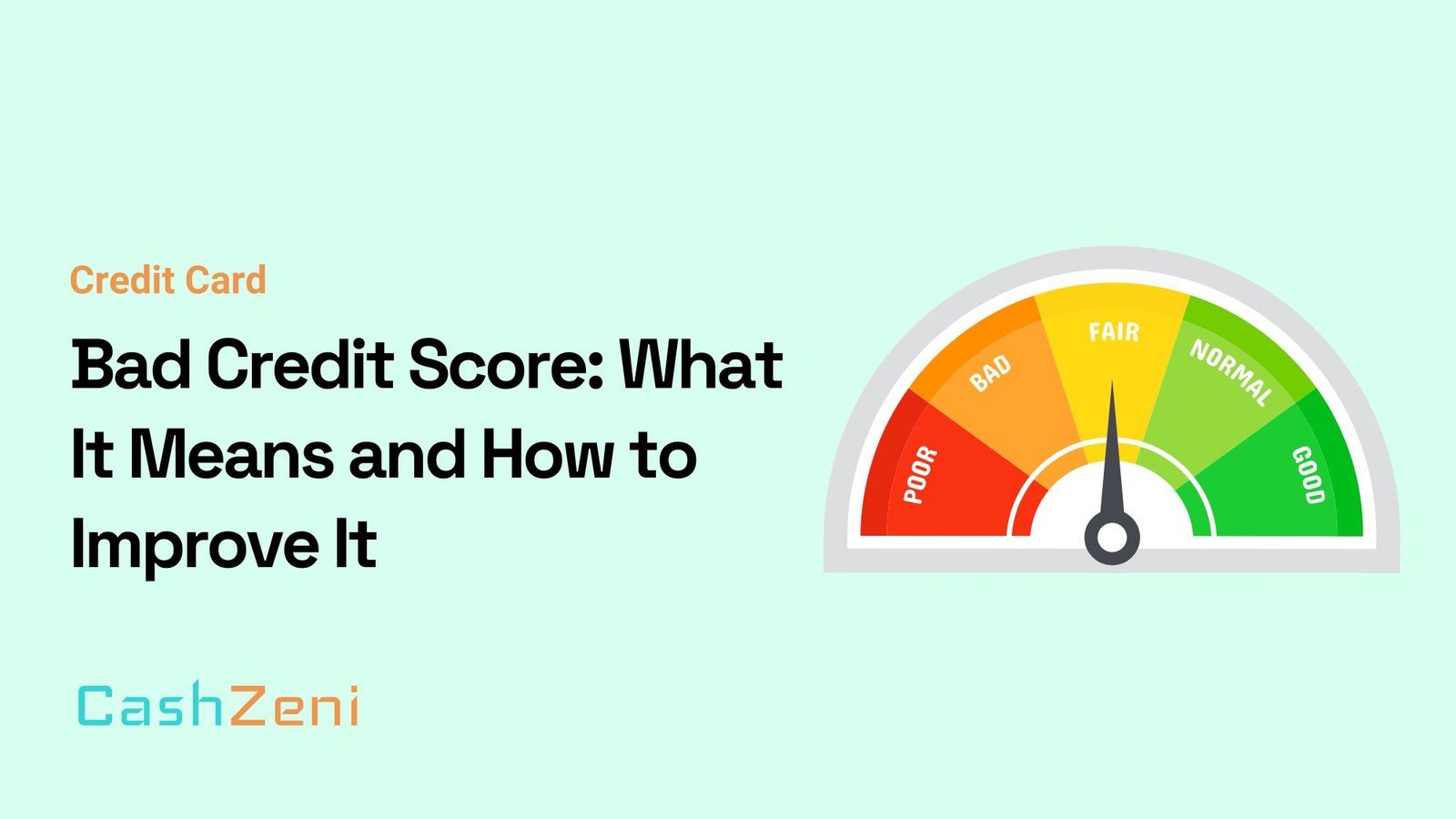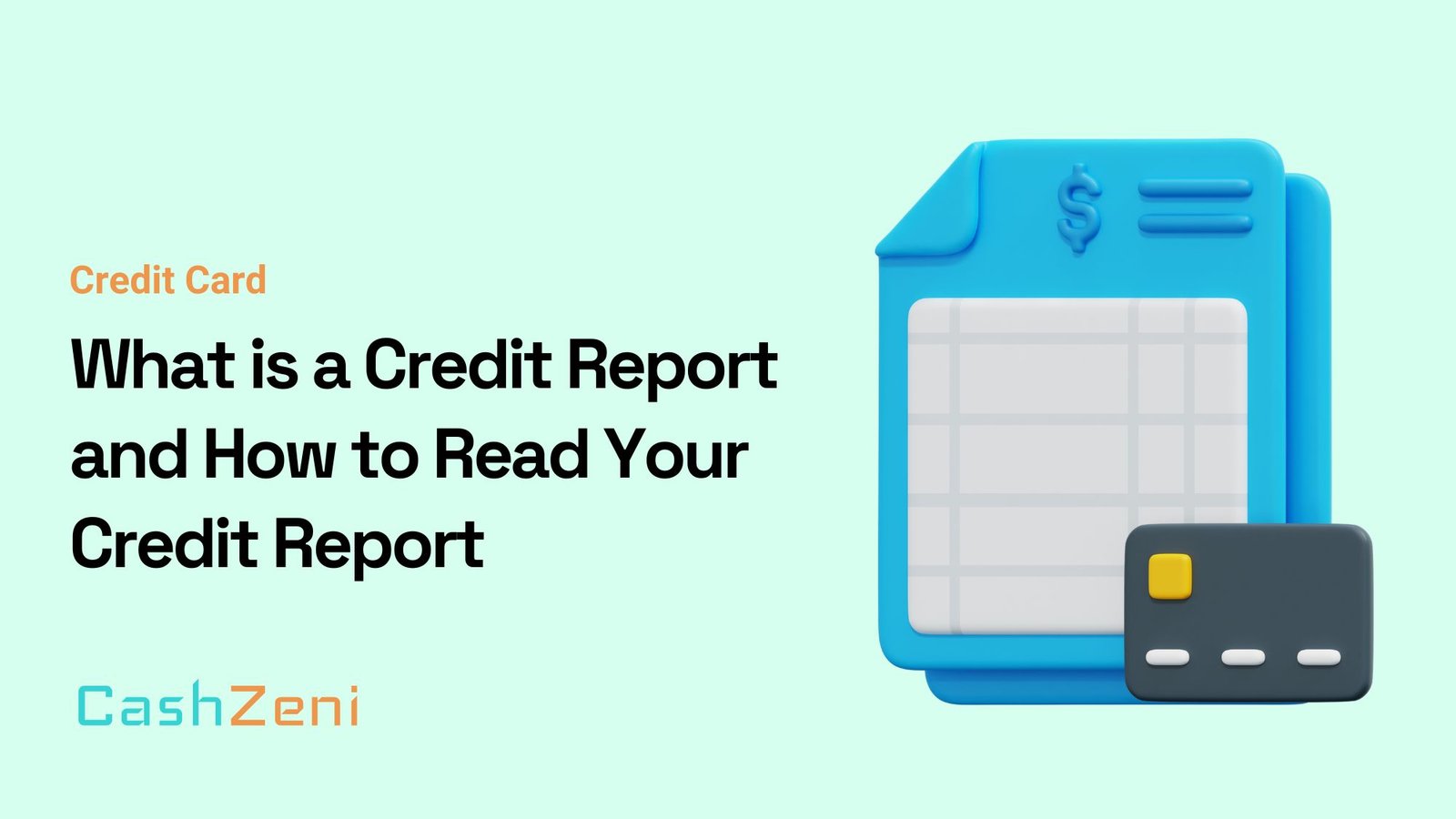Welcome to the metaverse of modern finance, where nations are digitising their economies and decentralising trust. If you’ve recently come across the term ‘Digital Rupee’ and thought it was a new cryptocurrency making waves like Bitcoin or Dogecoin (Elon Musk’s favorite), hold your horses. The Digital Rupee, while indeed a product of the digital age, is not a cryptocurrency, but India’s bold stride towards creating a digital economy. Just like Tony Stark innovating his Iron Man suits, India is innovating its monetary system to combat fraud, streamline transactions, and optimise the financial ecosystem. So, without further ado, let’s explore this revolutionary world of the Digital Rupee.
Table of Contents
What Is The Digital Rupee?
Imagine the Rupee notes in your wallet. Now, imagine them getting a high-tech makeover and moving to a secure, digital realm. That, in essence, is the Digital Rupee. The Digital Rupee is a digital representation of the Indian Rupee issued and governed by the Reserve Bank of India (RBI). It’s a form of Central Bank Digital Currency (CBDC), a new type of currency that central banks around the world are starting to adopt. From the Swedish Riksbank’s e-krona to the Bahamian Sand Dollar, central banks globally are embracing this digital shift.
The idea of the Digital Rupee started taking shape in the corridors of the RBI when they realised the potential of blockchain technology. Like Goku from Dragon Ball Z sensing a powerful new opponent, the RBI recognised the disruptive potential of cryptocurrencies and decided to adapt and innovate. It marked the start of India’s journey into a new era of digital currency, aiming to streamline transactions, improve financial inclusion, and enhance the overall economic landscape.
The World of Digital Currency: A Background
The realm of digital currency is no longer just a concept that exists in sci-fi movies or the dreams of tech enthusiasts like the Marvel Cinematic Universe’s Shuri. It’s as real as the smartphone in your hand or the Tesla car whizzing past you. You see, the digital age isn’t coming; it’s already here.
Digital currency is a type of currency that exists purely in digital or electronic form. Unlike physical money, it doesn’t have a tangible presence. Bitcoin, Ethereum, and other cryptocurrencies are popular forms of digital currencies. They operate on blockchain technology and are decentralised, meaning no single entity has control over them. But there’s a new kid on the block – Central Bank Digital Currencies (CBDCs), which are a type of digital currency issued by the central banks of countries. And this is where our protagonist, the Digital Rupee, enters the story.
How Does the Digital Rupee Work?
If the Digital Rupee were a character in Game of Thrones, it would be Jon Snow. It’s a unique blend of old and new, combining the trusted regulatory oversight of the RBI (akin to Jon’s noble Stark lineage) with the modern efficiency of digital technology (his mysterious Targaryen fire).
The Digital Rupee works much like regular currency, but instead of physical notes and coins, transactions are conducted digitally. Each Digital Rupee is a secure digital instrument equivalent to a physical Rupee and can be used for all forms of transactions.
The Role of Blockchain in the Digital Rupee
Just as every superhero has a unique power, the real strength behind the Digital Rupee is blockchain technology. Blockchain is the Thor’s Mjolnir to the Digital Rupee, a powerful tool that ensures transparency, security, and decentralisation.
Blockchain is a type of distributed ledger where transactions are recorded across many computers, ensuring high levels of security and traceability. It’s like a digital ledger that keeps track of every transaction, providing a level of security that Loki’s illusions could never match.
Transaction Process with the Digital Rupee
Making transactions with the Digital Rupee is as easy as playing a round of Among Us. All you need is a smartphone and a secure digital wallet. Once the sender initiates a transaction, it’s encrypted and sent via blockchain technology, ensuring a high level of security. The transaction is then validated and added to the blockchain, and the receiver’s digital wallet balance is updated.
The Impact of the Digital Rupee on India’s Economy
Just like Peter Parker’s life was significantly impacted after a radioactive spider bite, the introduction of the Digital Rupee has the potential to significantly alter the landscape of the Indian economy.
The Digital Rupee aims to promote financial inclusion by making it easier for the masses to access financial services. Just as Netflix transformed the world of entertainment by making content more accessible, the Digital Rupee aims to revolutionise the Indian economy by providing a more inclusive financial system.
Digital Rupee: Advantages and Challenges
The Digital Rupee, like any hero in a gripping saga, comes with its own set of strengths and weaknesses. Let’s venture into the realms of the Marvel universe once more to understand them better.
Advantages of Digital Rupee
Increased Efficiency and Speed: Like Quicksilver zipping through time, digital transactions with Digital Rupee would be far quicker than traditional ones, making it ideal for our fast-paced world.
Greater Transparency: The blockchain technology that underlies Digital Rupee ensures that all transactions are transparent and easily traceable, much like Tony Stark’s transparent screens in Avengers Tower.
Enhanced Security: The Digital Rupee, with its cryptographic security, makes the money in your wallet as safe as the secrets within S.H.I.E.L.D.
Financial Inclusion: By providing a straightforward and affordable means to conduct transactions, the Digital Rupee can help bring the unbanked population into the formal financial ecosystem, much like how the Avengers initiative brought together people with extraordinary abilities.
Challenges and Risks Associated with Digital Rupee
Technological Barriers: Just as Thor had difficulty understanding the mortal realm when he first arrived, some segments of the population may face challenges in understanding and adopting the Digital Rupee due to lack of digital literacy or access to necessary technology.
Security Concerns: Despite the high level of security offered by blockchain, the potential risk of hacking remains. After all, even Stark Industries had to deal with Ivan Vanko.
Regulatory and Legal Challenges: Ensuring that the Digital Rupee complies with all legal and financial regulations will be as tricky as navigating through Doctor Strange’s Sanctum Sanctorum.
The Future of Digital Rupee
The future of the Digital Rupee is as promising as a new Star Wars trilogy. Experts predict that the integration of this new currency into India’s financial fabric will stimulate economic growth and streamline transactions. However, just like the Force, it’s essential that the power of the Digital Rupee is harnessed and directed in the right way.
Conclusion
Just like how the Infinity Stones reshaped the Marvel Universe, the Digital Rupee is poised to revolutionise the financial landscape in India. It combines the traditional authority of the RBI with the cutting-edge technology of blockchain to provide a new, secure, and efficient means of conducting transactions.
FAQs about Digital Rupee
Is the Digital Rupee the same as cryptocurrency?
No, the Digital Rupee is not a cryptocurrency. It’s a Central Bank Digital Currency issued and regulated by the RBI, whereas cryptocurrencies are typically decentralised and not controlled by any entity.
How can I use the Digital Rupee?
Using the Digital Rupee is simple. It requires a digital wallet and a smartphone to initiate and receive transactions.
What does the Digital Rupee mean for the average consumer?
For the average consumer, the Digital Rupee means faster, more secure transactions and an inclusive financial system that is easy to access and use.
Are my transactions secure with the Digital Rupee?
Yes, transactions with the Digital Rupee are secured using blockchain technology, ensuring high levels of security and transparency.
How is the Digital Rupee regulated?
The Digital Rupee is regulated by the RBI, which means it operates within the current legal and financial framework



